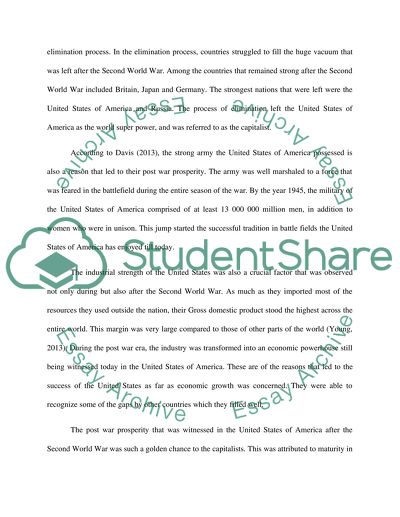Cite this document
(“The United States Economic Development in the World War II Essay”, n.d.)
The United States Economic Development in the World War II Essay. Retrieved from https://studentshare.org/history/1476756-the-united-states-economic-development-in-the-world-war-ii
The United States Economic Development in the World War II Essay. Retrieved from https://studentshare.org/history/1476756-the-united-states-economic-development-in-the-world-war-ii
(The United States Economic Development in the World War II Essay)
The United States Economic Development in the World War II Essay. https://studentshare.org/history/1476756-the-united-states-economic-development-in-the-world-war-ii.
The United States Economic Development in the World War II Essay. https://studentshare.org/history/1476756-the-united-states-economic-development-in-the-world-war-ii.
“The United States Economic Development in the World War II Essay”, n.d. https://studentshare.org/history/1476756-the-united-states-economic-development-in-the-world-war-ii.


